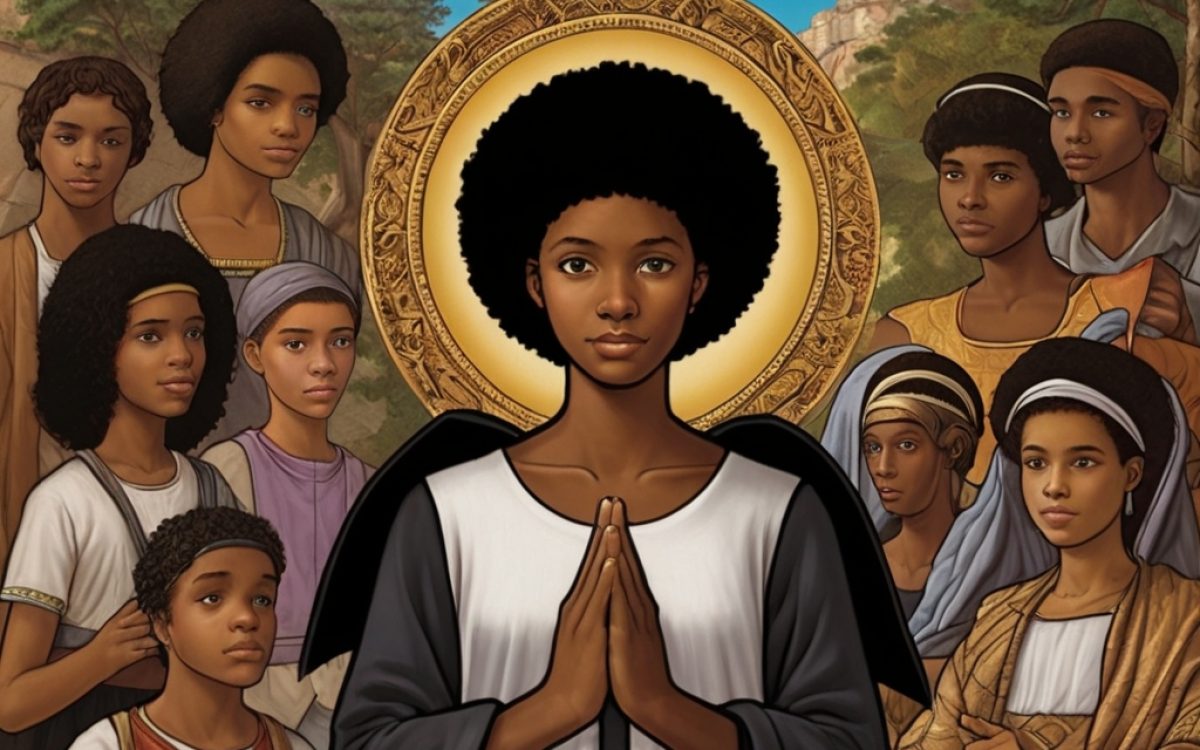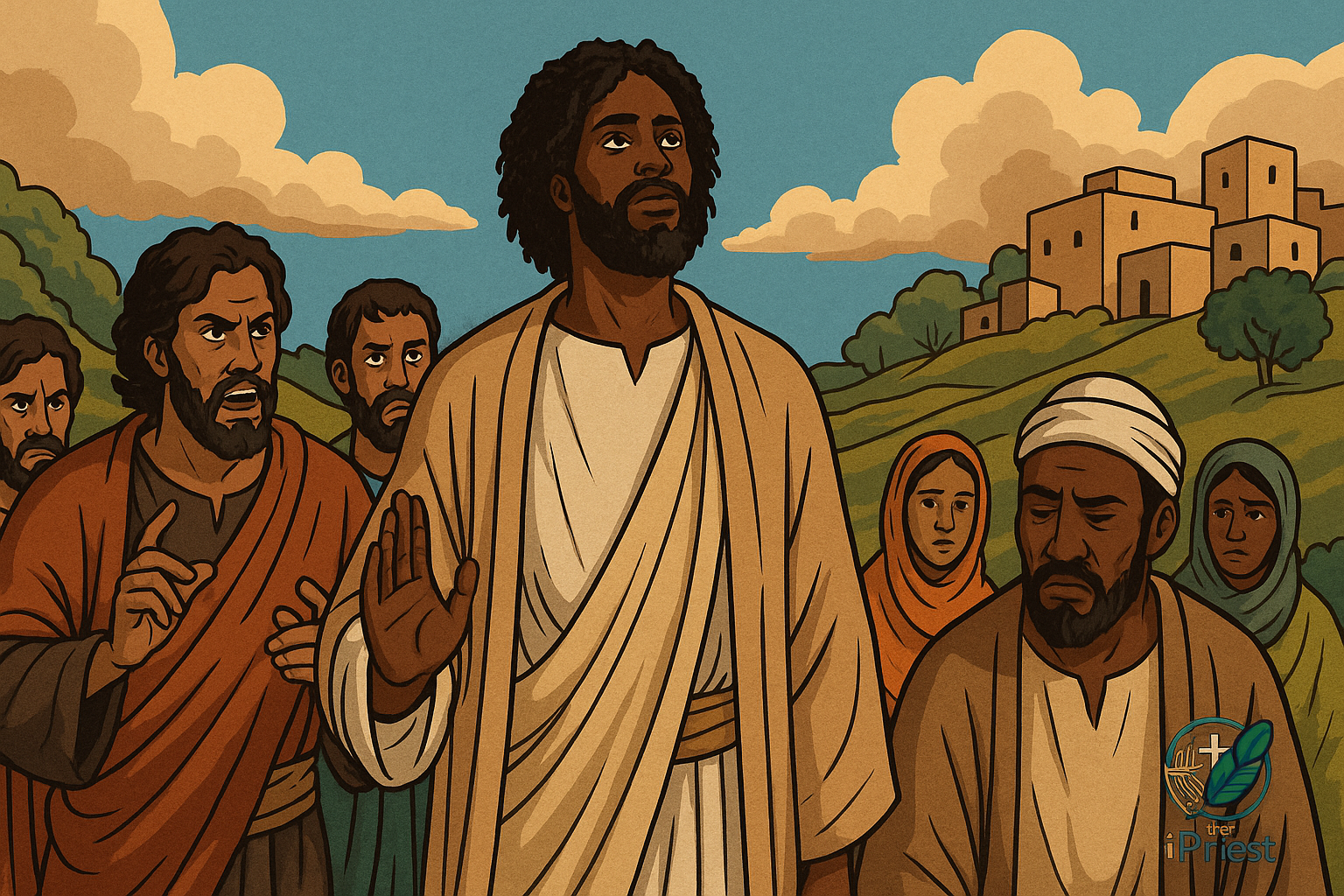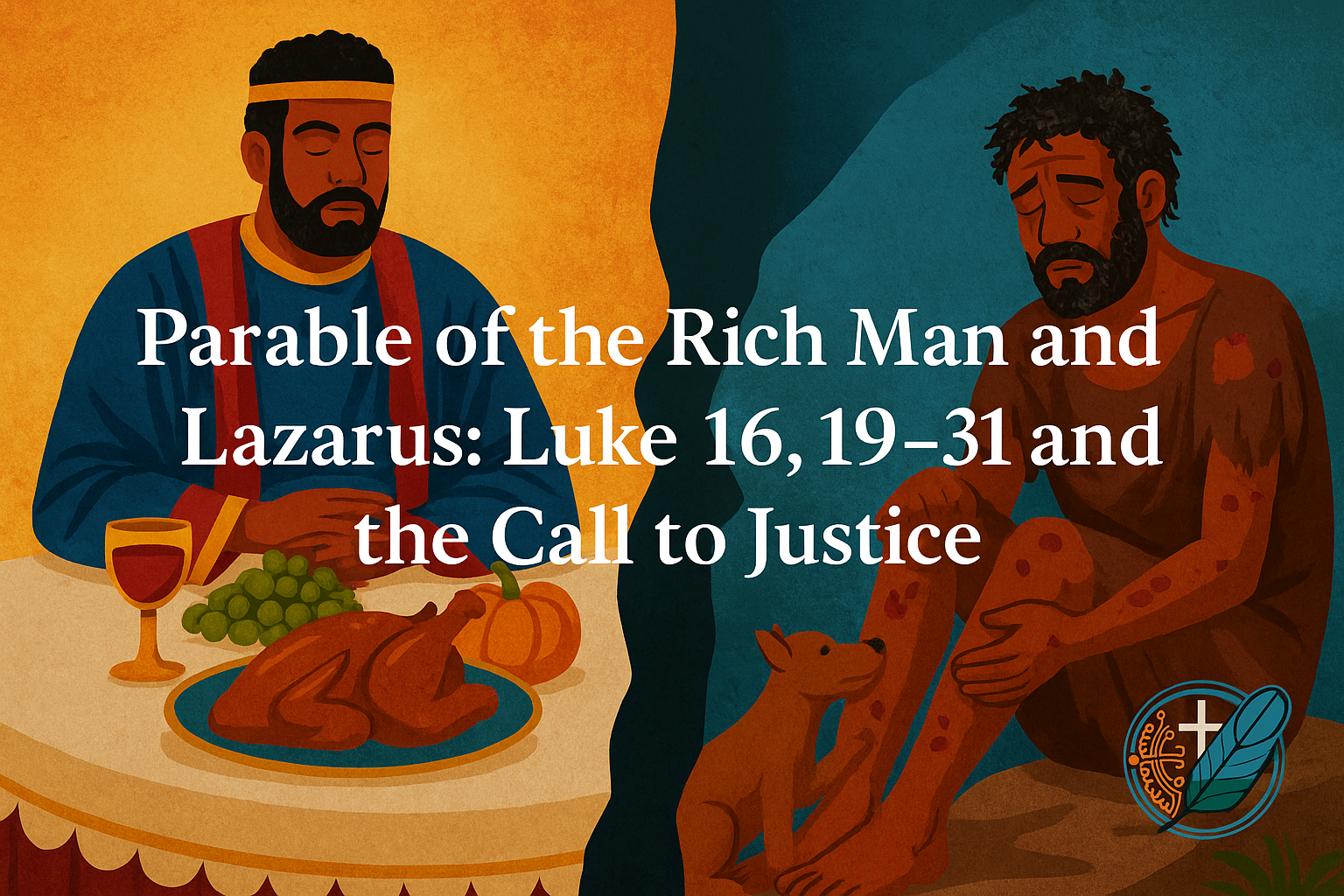Today’s Gospel presents a revolutionary Mary who defied the odds of her religious tradition and emerged victorious. How can this come about since I am a virgin? If Mary lived in the present-day religious setup, she would have been condemned by all the bishops’ conferences and Christian religious traditions. We don’t see this point clearly today because, for some reason, Christian tradition has transformed Mary’s FIAT into a mere wish, disempowering women in the Christian tradition. However, it was not always like this.
As anyone who carefully reads today’s Gospel (Luke 2:26-38) would understand, the preachers often emphasize that Luke mentions Mary as a virgin. However, what they overlook is the significance of the indefinite article that modifies Mary’s status — as a virgin. They don’t pay enough attention to how this subtle detail plays a crucial role in God’s decision to choose Mary. In this incident, Angel Gabriel was not sent to a well-known and respected virgin but to a virgin of inconsequential value in historical terms (not creedal). The reader is not supposed to know this virgin before this incident, but for record purposes, she is named Mary – “The virgin’s name was Mary.”
In biblical narratives, there is a beautiful way of conveying important information that only informed people can perceive. One of these ways is through the use of modifiers like adjectives and articles. In this case, the article “A” modifies everything about Mary’s humble origin.
Mary was not a well-known figure, according to tradition. She had no known family background, came from an unknown village, and held one of the lowest statuses in her religious tradition as a woman who was unmarried and thus a virgin.
Yet, she questioned God’s envoy:
“But how can this come about since I am a virgin?”
In the history of the infancy narrative, nobody ever questions the messenger, as it could be considered disbelief. Sarah, the matriarch (Gen. 18:13), Manoah (Judges 13:18), and Zachariah (Lk 1:20) all questioned the messenger and were punished, except for Mary, who was even unknown. Also, in each of the other cases, it was the man who was visited by the messenger, but in Mary’s case, the messenger visited her directly.
Despite her humble background, Mary firmly echoed her FIAT without consulting anyone else, including Joseph. She is a model for all those who stand against oppression, for though not chosen only for her holiness, she remains an incredible model of sacredness.
Image: Leonardo AI-Generated Image with the prompt: Black 17-year-old Mary of Nazareth, black hair, short poofy hair (hair, kinda like an Afro), and looks very revolutionary. All-black and Afro clothing.






